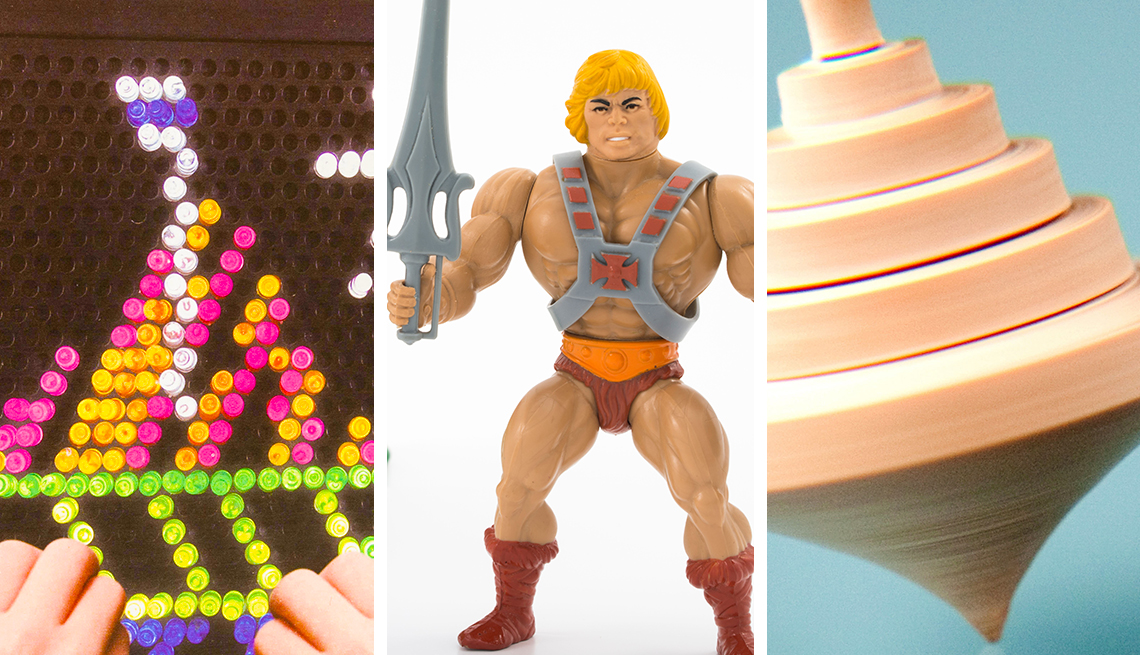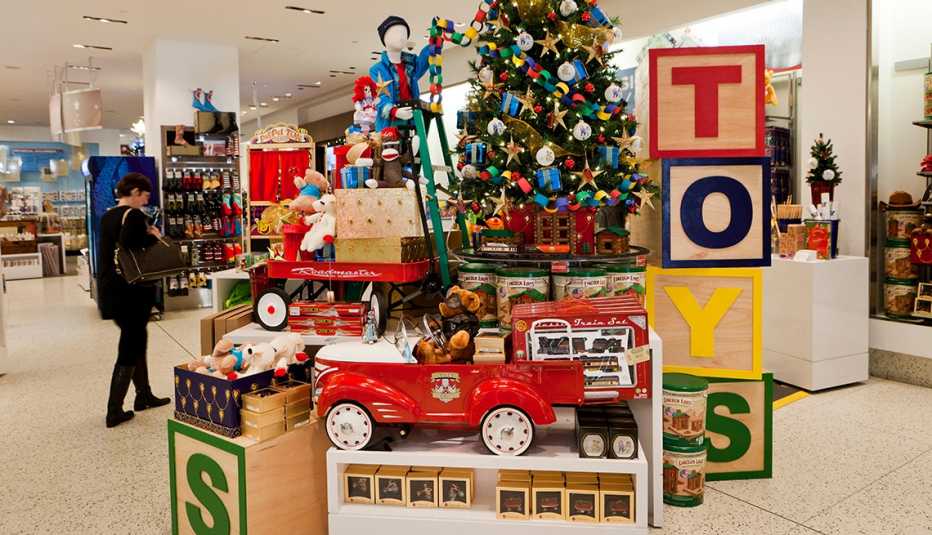Staying Fit
Three toys — the top, Lite-Brite and Masters of the Universe action figures — were inducted Nov. 10 into the National Toy Hall of Fame at a ceremony held at the Strong National Museum of Play in Rochester, New York.
The three inductees were among a dozen classic toys competing this year for entry into the hall of fame, hoping to join 77 previous inductees, including Clue, Scrabble and Rubik’s Cube.


AARP Membership— $12 for your first year when you sign up for Automatic Renewal
Get instant access to members-only products and hundreds of discounts, a free second membership, and a subscription to AARP the Magazine.
While the top is “as old as civilization itself,” Christopher Bensch, vice president for collections at the Strong museum, noted in October when the 12 finalists were announced that the 1980s classic Masters of the Universe has also “greatly influenced the world of play.”
The hall of fame was established in 1998 to recognize toys that have inspired creative play and enjoyed popularity over a sustained period. Each year, new honorees are inducted — based on the advice of a panel of historians, educators and other individuals — that exemplify learning, creativity and discovery.
The nine finalists not selected for the hall this year were bingo, Breyer Horses, Catan, Nerf toys, the piñata, Phase 10, Pound Puppies, Rack-O and Spirograph.
Here’s more about the three new inductees and the nine other finalists.
1. Bingo
The game, which traces its roots to a 16th-century lottery game in Italy, is simple enough. In America, players are given a printed card with a grid containing 25 numbered squares. The object is to be the first to complete a vertical, horizontal or diagonal line on your card from numbers randomly selected by a caller.
First played as “beano” at carnivals in the United States, it was popularized as bingo in the 1930s by a salesman from New York, Edwin S. Lowe, who stumbled upon it at a carnival in Georgia. Lowe hired a mathematician to devise more than 6,000 unique combinations for his bingo boards. It’s become a popular way for churches and charities to raise money, according to the Strong museum.
2. Breyer Horses
Designed to adorn a mantelpiece clock for Woolworth’s in 1950, the original hand-designed plastic horse was an instant hit with shoppers in Chicago. Breyer Molding Company was flooded with requests and the rest is history, according to the company. The model horses remain beloved collectibles, particularly among young equestrians.
3. Catan
A German board game created by toy designer Klaus Teuber in 1995, Catan involves players establishing settlements on an island by spending resources earned through trade and rolls of the dice. Over 40 million copies have been sold worldwide in more than 40 languages, according to the company.





































































